70以上 ramsons wild garlic 908035-Buy ramsons wild garlic
Ramsons Allium ursinum The Ramsons plant is also known by the names of a honey onion or wild garlic This selfcontained edible plant is harvested from March to May in mountainous areas and is extremely useful for health Find out below how to make ramsons drops, salad, juices and dishes with itRamsons, or wild garlic, is a popular plant used as such in the United Kingdom, Russia, and many other areas Its medicinal properties range from lowering cholesterol to preventing blood clots Ramsons are also often used in cooking Ramsons are commonly used in RussiaWild garlic is known under many names and nicknames, the most common of which include ramsons, buckrams, wild garlic, broadleaved garlic, wood garlic, bear leek or bear's garlic It is also popular among forest animals, such as boars and brown bears, which often dig up the earth in search of wild garlic bulbs
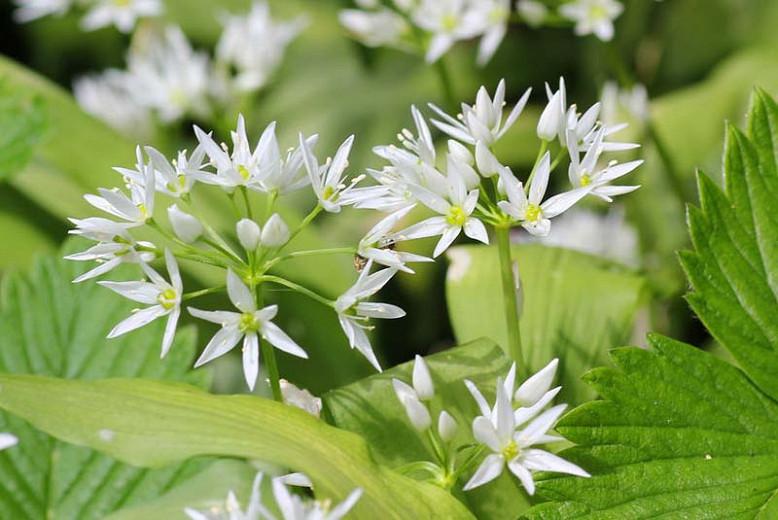
Allium Ursinum Wild Garlic
Buy ramsons wild garlic
Buy ramsons wild garlic-Wild garlic ( Allium ursinum) is a bulbous and perennial flowering plant and is considered a wild relative to the onion Wild garlic is also known as wood garlic, ramsons, bear leek, bear's garlic, buckrams, broadleaved garlic, field garlic, crow garlic, and Drummond's onion Wild garlic is prevalent in North America especially in the eastern half of the United States and some parts of the west coastWild garlic is also known as ramsons and broadleaved garlic Its scientific name is Allium Ursinum (literally bear onion) because brown bears seem to be partial The plant is a close relative of domestic chives, and it's indicative of ancient woodlands
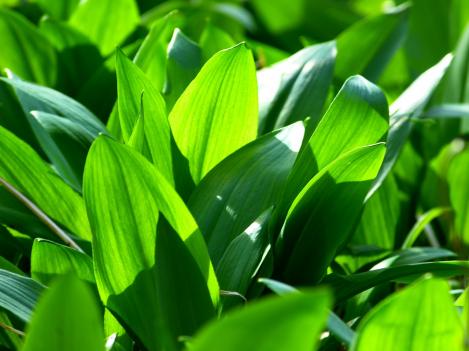


Wild Flower Ramsons Wild Garlic Organic Seeds Allium Ursinum Organicseeds Eu
Allium ursinum, known as wild garlic, ramsons, buckrams, broadleaved garlic, wood garlic, bear leek or bear's garlic, is a bulbous perennial flowering plant in the amaryllis family Amaryllidaceae It is native to Europe and Asia, where it grows in moist woodlandFresh Garlic leaves (yes, they actually smell like garlic) are combined with a very mild feta cheese (manouri brynza) and topped over a buttered baguette Once you try these sandwiches you will know exactly what I mean by "must make"***** Needs Stratification, see Additional Information Tab ***** Ramsons (Allium ursinum), also known as wild garlic, is a wild relative of chives native to Europe and Asia Ramsons grow in deciduous woodlands with moist soils, preferring slightly acidic conditions
The seeds of wild garlic require mandatory stratification at temperatures up to 32 to 37°F for at least 3 months Plant seeds in the moist or slightly acidic soil in September or before the winter for winter hibernationIf you ever get your hands on wild garlic (also named ramsons), these Wild Garlic Sandwiches are a must make!Luckily you can return to the same spot year after year, as wild garlic spreads by persistent bulbs and seeds What are ramsons?
This item Ramsons, Allium ursinum (100 Seeds) Buckrams,Wild garlic,Broadleaved Garlic !This wild garlic goes by a handful of names—ramsons, or "bärlauch" in German, wild garlic, bear's garlic It's a relative of chives that grows wild With an aroma—and taste—that's a cross between garlic and onion, they're hard to miss when you come across them Popular for sauteeing, in soups, and in stirfries, ramsons are a close cousin to ramps, which grow wild in North American in the spring, have a similar taste, and are prized by chefs for their versatility, taste, and seasonalityBear's garlic is an herb It grows throughout most parts of Europe and Asia The leaf and bulb are used to make medicine People use bear's garlic for indigestion, intestinal gas, high blood
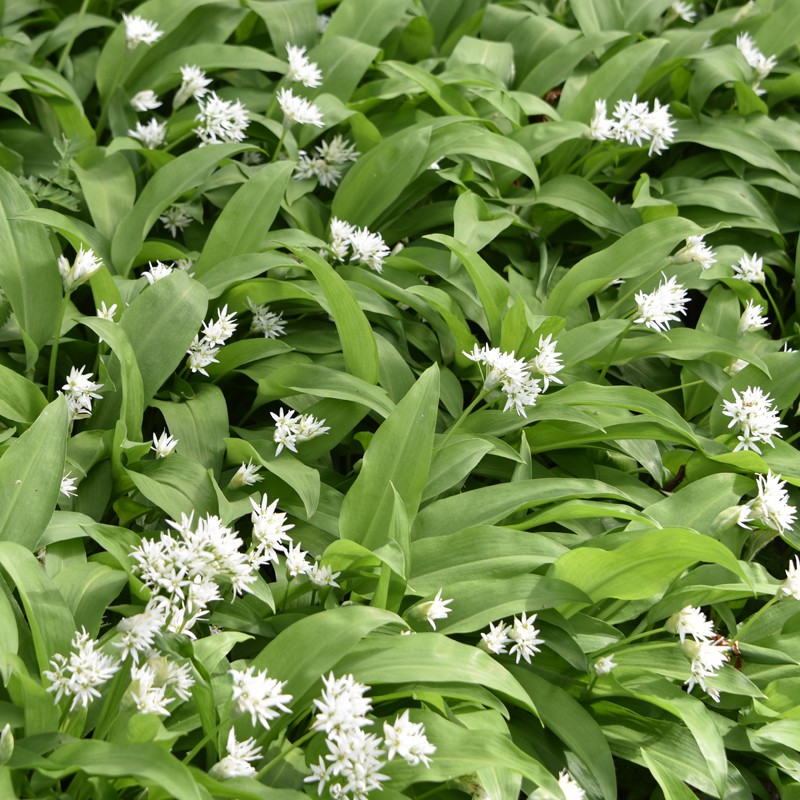


Wild Garlic Plant Allium Ursinum



Wild Garlic Ramsons Flowering In Woodland The Flowerin Flickr
Wild Garlic, Ramsons, Bear's Garlic, Buckrams, Gipsy Onion, Hog's Garlic, Ramsomes, Wild Leek, Wood Garlic Growing up to 612 in high (1530 cm), this species spreads by rhizomes and selfseeding, and over time can form large Easily grown in fertile, dry to medium moisture, welldrained soils inRamslök In the spring, wild garlic covers the floors of deciduous forests in Sweden and many other woodland areas in Europe Once established it spreads and so is generally found covering an area of an acre or more It prefers damp slightly acidic soil and flowers before deciduous trees come into leafAllium ursinum – known as ramsons, buckrams, wild garlic, broadleaved garlic, wood garlic, bear leek, or bear's garlic , Flowers April June It grows in deciduous woodlands with moist soils, preferring slightly acidic conditions In the British Isles, colonies are frequently associated with bluebells ( Hyacinthoides nonscripta ), especially in ancient woodland



Wild Garlic How To Find Identify And Enjoy It Vegan On Board



Growing And Eating Wild Garlic Of Plums And Pignuts
Ramsons Wild Garlic Ramsons Wild Garlic (Allium ursinum) Description Tall hairless perennial plant, with erect unbranched stem;Bear's Garlic Seeds (Alium ursinum) 10 Organic Heirloom Seeds 15 Culinary Herb Seed Vault Heirloom and Non GMO 4500 Plus Seeds for Planting for Indoor or Outdoor Herbs Garden, Basil, Cilantro, Parsley, Chives, Lavender, Dill, Marjoram, Mint, Rosemary, ThymeUsually found growing in large colonies The leaves, normally 2, are upto cm long and are broad, pointed and longstalked The flowers are white starshaped with 6 segments



Ramsons Wild Garlic Plant With Roots Stock Photo Dissolve



Wild Garlic Ramson Or Bear Garlic Growing In Forest In Spring Side View Wild Leek Or Wild Onion Closeup In The Spring In A Forest On A Sunny Meadow Stock Photo
Ramsons, Allium ursinum (100 Seeds) Buckrams,Wild garlic,Broadleaved Garlic !Usually found growing in large colonies The leaves, normally 2, are upto cm long and are broad, pointed and longstalked The flowers are white starshaped with 6 segmentsWild garlic (ramsons, buckrams, broadleaved garlic, wood garlic, bear leek, bear's garlic) grows abundantly throughout the UK, preferring semishade under deciduous trees It will succeed in most soils and prefers moist conditions, though it will also succeed where the soil is very wet in the winter



White Flowers Of Wild Garlic Or Ramsons Or Bears Garlic On Blurred Background Of Greenery In Garden Selective Focus Closeup Stock Photo Download Image Now Istock



Wild Garlic Aka Ramsons And What To Do With It Tried Supplied
Wild garlic also known as Ramsons, Wood garlic, Bear's garlic, and Buckrams is a plant native to Britain The leaves and flowers are edible Young leaves cBear's garlic is a plant The leaf and bulb are used to make medicineWild garlic is one of the earliest greens to poke through the soil in spring These glossy, pointed leaves are extremely prolific plants at this time of the year and are a gift to the wild gourmet



Closeup Of Ramsons Wild Garlic Leaves And Buds Allium Ursinum Stock Photo Picture And Royalty Free Image Image



Wild Garlic Ramson Stock Photo Download Image Now Istock
Allium ursinum Otherwise known as Wild garlic, ramsons, ramps, buckrams, broadleaved garlic, wood garlic, bear leek or bear's garlic Yes its probably our most common foraged and well known edible plant, but that doesn't matter, as wild garlic is so versatileUsually found growing in large colonies The leaves, normally 2, are upto cm long and are broad, pointed and longstalked The flowers are white starshaped with 6 segmentsWild garlic butter can easily spice up any dish, and will definitely impress your guests You can also freeze wild garlic butter, and use it at another time This is a great way to enjoy the spring taste of wild garlic, and for example, eat it in autumn when wild garlic is long gone Wild garlic is, despite being super tasty and 100% costfree



Ramsons Wild Garlic



Allium Ursinum Wild Garlic
Ramsons Wild Garlic Ramsons Wild Garlic (Allium ursinum) Description Tall hairless perennial plant, with erect unbranched stem;If you're not quite sure what wild garlic, or ramsons as it's also known, actually is, take a look at my wild garlic pesto post It has a helpful section on wild garlic foraging How to Forage Nettles The best time to forage for stinging nettles is in the early spring when they've recently emerged from the groundAllium ursinum, known as wild garlic, ramsons, buckrams, broadleaved garlic, wood garlic, bear leek or bear's garlic, is a bulbous perennial flowering plant in the amaryllis family Amaryllidaceae It is a wild relative of onion, native to Europe and Asia, where it grows in moist woodland
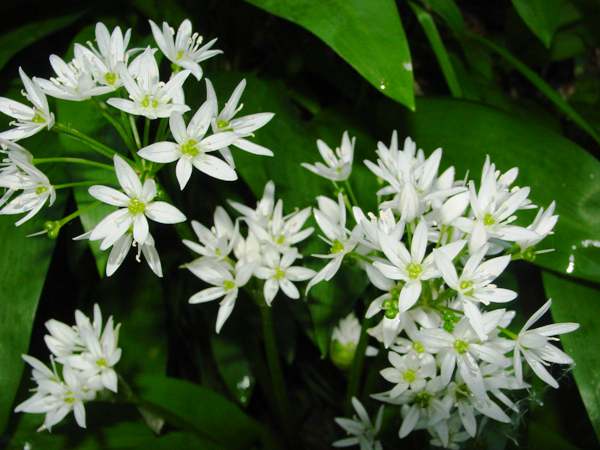


Allium Ursinum Ramsons Or Wild Garlic Identification Distribution Habitat



Growing And Eating Wild Garlic Of Plums And Pignuts
An early variety of perennial wild onion with a strong garlic aroma Because of garlic scient,Wild garlic is made up of a bulb, stem, leaves, and white, starshaped flowers The botanical name is Allium ursinum It goes by any number of names, including ramsons, buckrams, bear's garlic, devil's garlic, gypsy's onions, and stinking JennyWild garlic is one of the earliest greens to poke through the soil in spring These glossy, pointed leaves are extremely prolific plants at this time of the year and are a gift to the wild gourmet
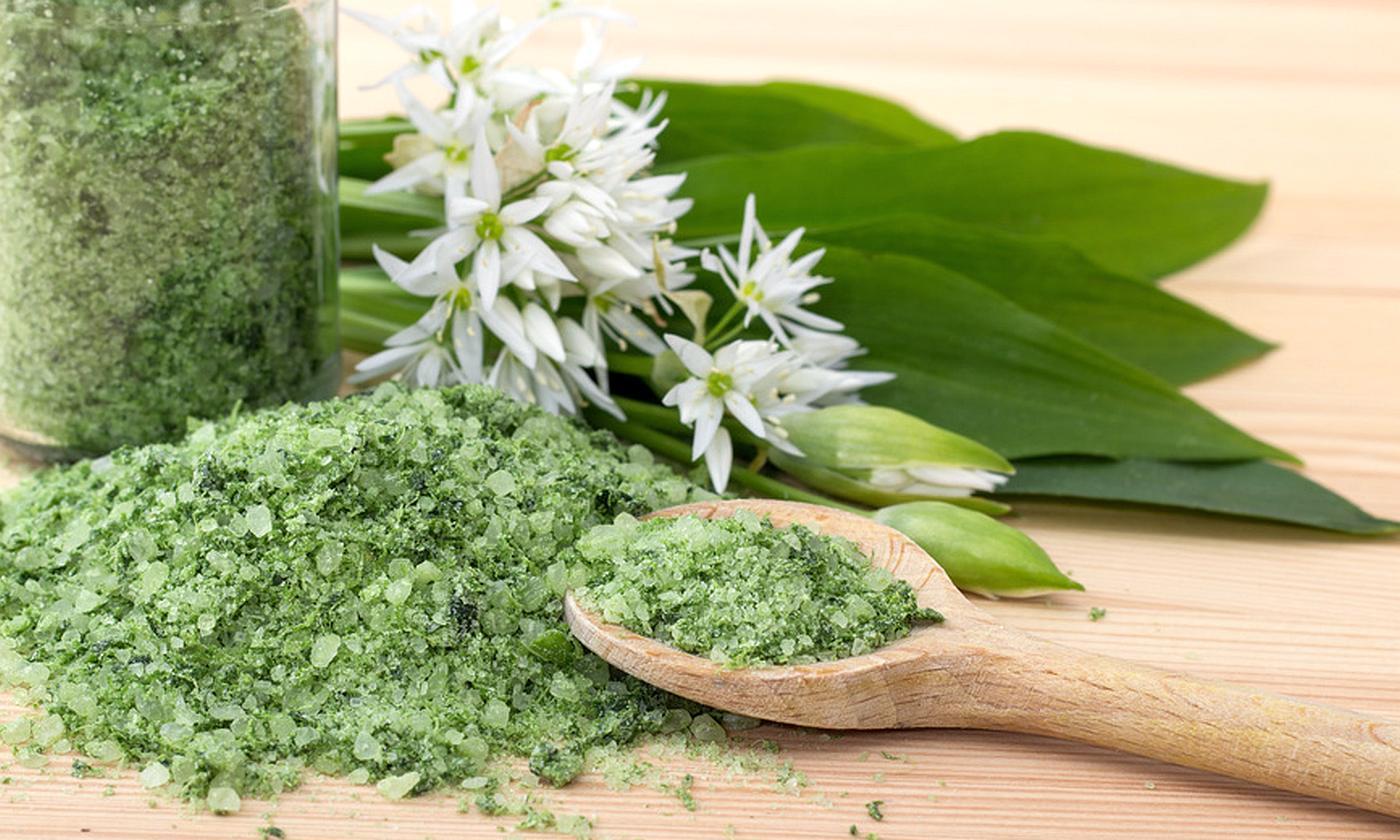


Dried Wild Garlic En
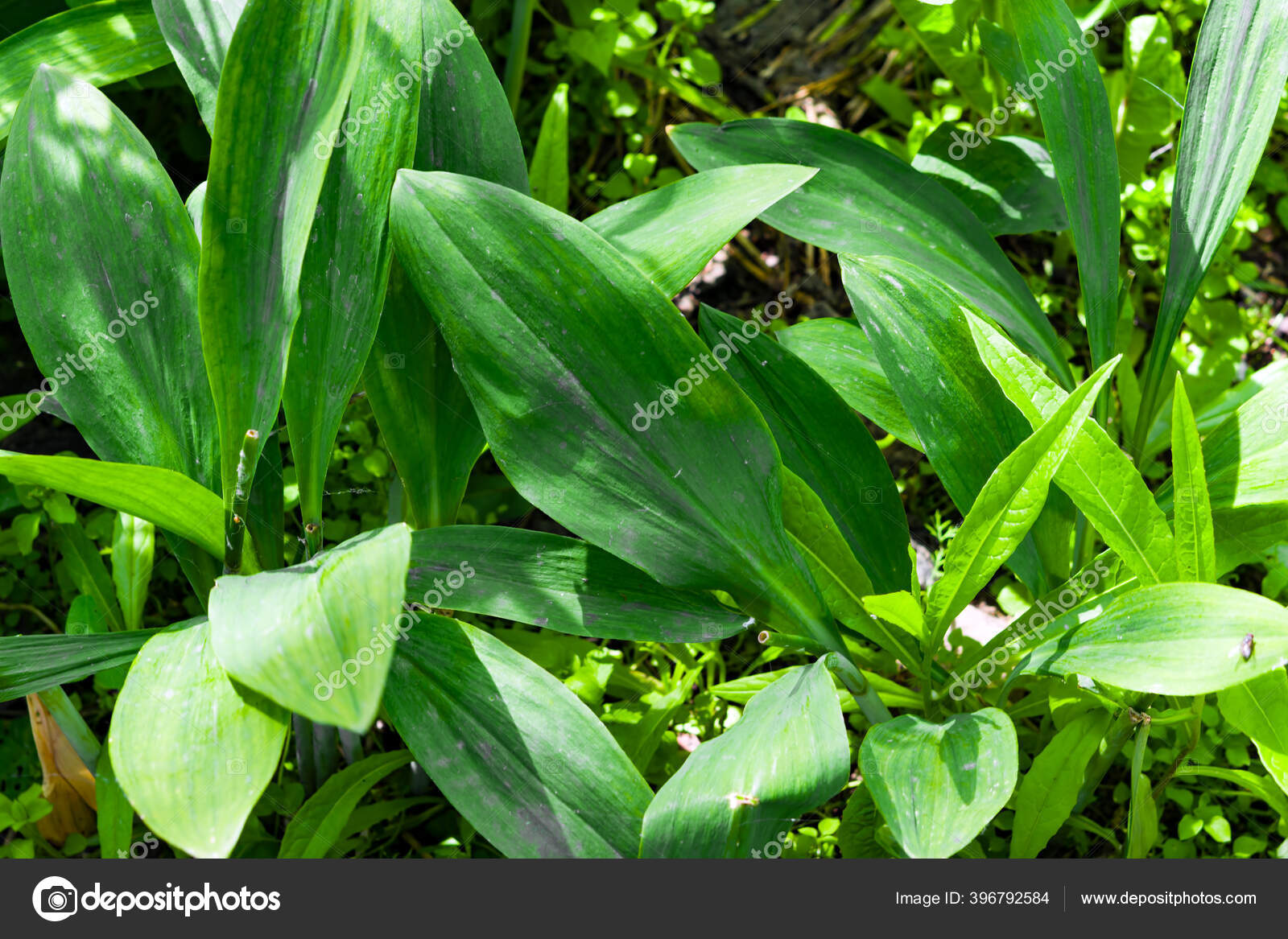


Green Leaves Edible Wild Plant Wild Garlic Ramsons Wild Garlic Stock Photo Image By C Golubka57
Convallaria majalis, or LilyoftheValley, is a herbacious perennial plant found in woodlands in the northern hemisphere The leaves of C majalis resemble Allium ursinum, the familiar wild food plant commonly known as Ramsons or Wild GarlicWild garlic leaves are simply delicious in peanut butter sandwiches, according to late English ecologist Oliver Rackham The juice of ramsons was once used as a household disinfectant The garlicsmelling leaves were used in Scotland to repel midges Nutritional Summary of Wild GarlicWild garlic grows abundantly throughout the UK, preferring semishade under trees It will succeed in most soils and prefers moist conditions, though it will also succeed where the soil is very wet in the winter When given suitable conditions, it will form a dense carpet of growth



Nature S Pantry Ramson Wild Garlic



Closeup Of Ramsons Wild Garlic Leaves Allium Ursinum From Stock Photo Picture And Royalty Free Image Image
There are quite a few different plants that fall under the title wild garlic, including some wild onion varieties Some of the different names for wild garlic include Allium ursinum, ramsons, buckrams, broadleaved garlic, wood garlic, bear leek, bear's garlic, field garlic, Drummond's onion, and crow garlic While each of these names technically describes different species, they tend to be classified togetherConvallaria majalis, or LilyoftheValley, is a herbacious perennial plant found in woodlands in the northern hemisphere The leaves of C majalis resemble Allium ursinum, the familiar wild food plant commonly known as Ramsons or Wild GarlicAil des Bois, Ail à Feuilles Larges, Ail des Ours, Ail Pétiolé, Ajo de Oso, Ajo Silvestre, Allium ursinum, Bear Garlic, Broadleaved Garlic, Ramsons, Wild Garlic What is Bear's Garlic?
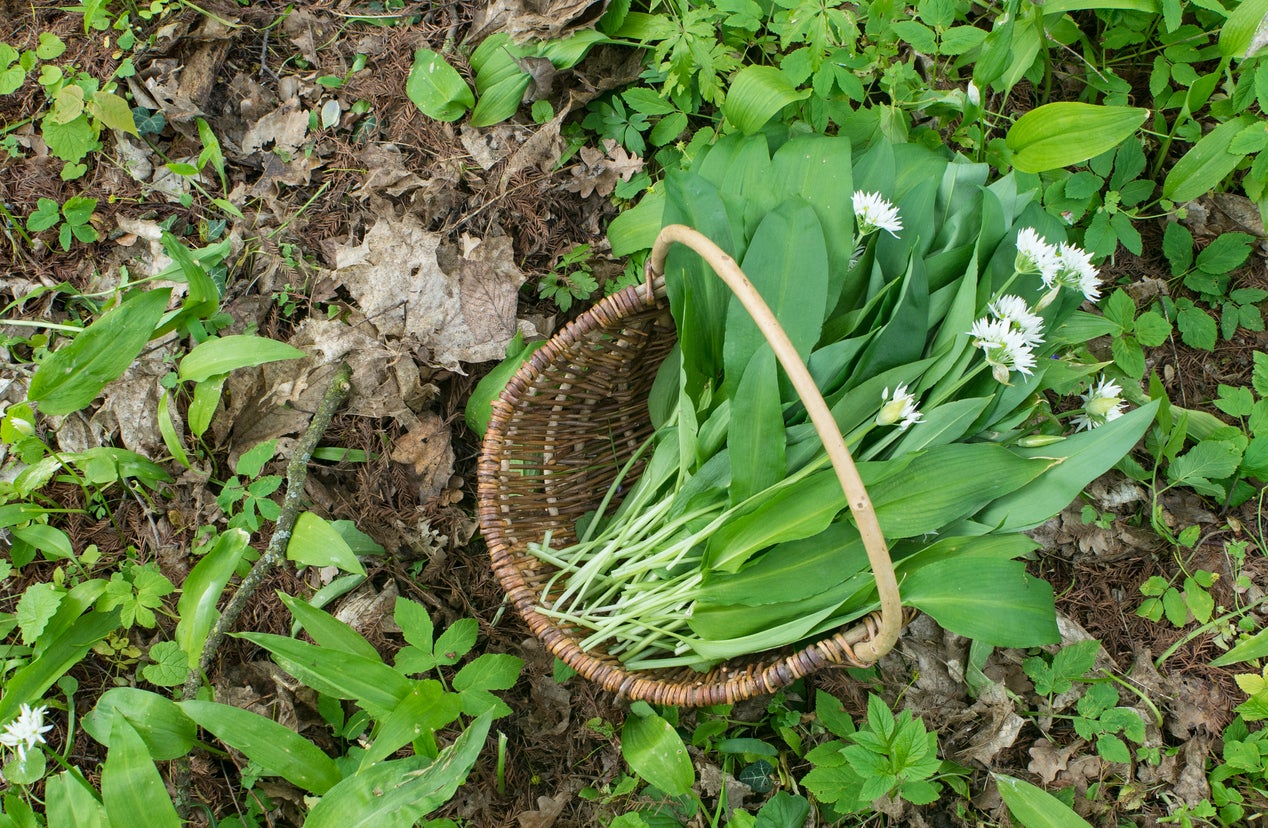


Wild Wood Garlic Care How To Grow Ramsons In The Garden



Wild Garlic Aka Ramsons And What To Do With It Tried Supplied
***** Needs Stratification, see Additional Information Tab ***** Ramsons (Allium ursinum), also known as wild garlic, is a wild relative of chives native to Europe and Asia Ramsons grow in deciduous woodlands with moist soils, preferring slightly acidic conditionsHere is a small selection of some of the best places to see, and to smell wild garlic in the UK Arnos Vale, Bristol The Woods at Roseberry Topping, North Yorkshire Gribbin Head, Cornwall Rampsholme Island, Derwentwater, CumbriaAllium ursinum, known as wild garlic, ramsons, buckrams, broadleaved garlic, wood garlic, bear leek or bear's garlic, is a bulbous perennial flowering plant in the amaryllis family Amaryllidaceae It is native to Europe and Asia, where it grows in moist woodland



Allium Ursinum Known As Ramsons Buckrams Wild Garlic Broad Leaved Stock Photo Picture And Royalty Free Image Image



Wildflower Ramsons Wild Garlic 400 Seeds Amazon Co Uk Garden Outdoors
Ramsons Wild Garlic Ramsons Wild Garlic (Allium ursinum) Description Tall hairless perennial plant, with erect unbranched stem;Wild Garlic The flowers of Wild Garlic can turn the woodland floor white and green inGoing by their Latin name, they are Allium ursinum Common names range from wild garlic to bear garlic or bear leek, and from buckrams to broadleaved garlic or just plain old ramps
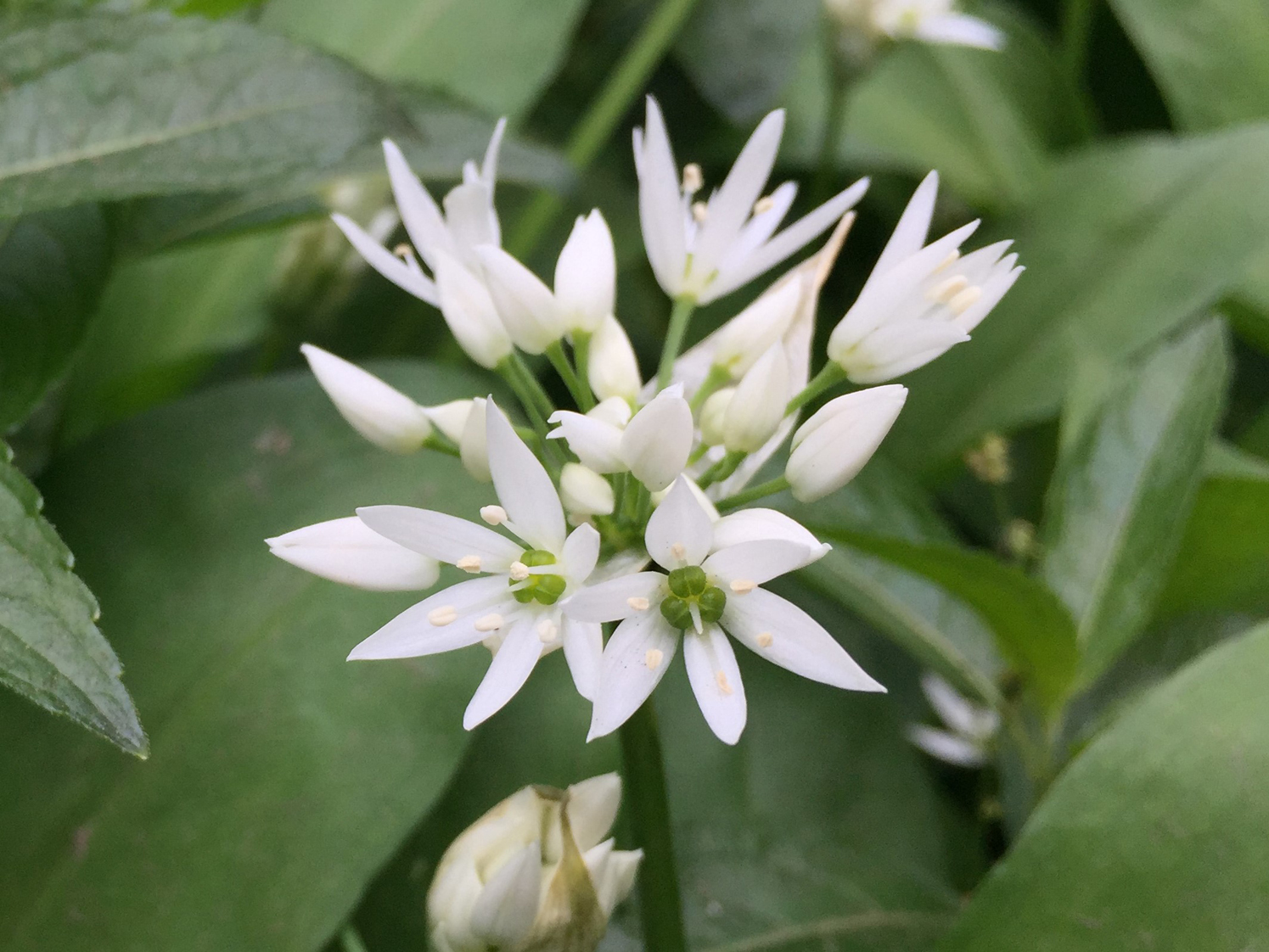


Ramsons Wild Garlic Broad Leaved Garlic Wood Garlic Allium Ursinum



Allium Ursinum Ramsons Wild Garlic Dummer Garden Manage Gfinger Is The Best Garden Manage App
Ramsons, which is popularly known as Wild Garlic, belongs to the Amaryllidaceae family This plant is sometime confused with Wild Onion The most useful part of Ramsons is its leaves and flower petals This perennial plant is grown as an herb in many countriesRamsons are wild garlic plants that you may see during a walk in the woods They grow well in the shade of a forest but will also grow in sun Wild wood garlic produces pretty white flowers in the spring and edible leaves, flowers and bulbs The leaves are best enjoyed before the plants bloomGARLIC WILD – RAMSONS (new) A British native perennial herb, wild garlic Can be found on the banks of streams and in shaded wooded areas Carpeting in the ground with white flowers and their strong spring fragrance



Wild Garlic Aka Ramsons Season Calloo Callay Sudden Lunch
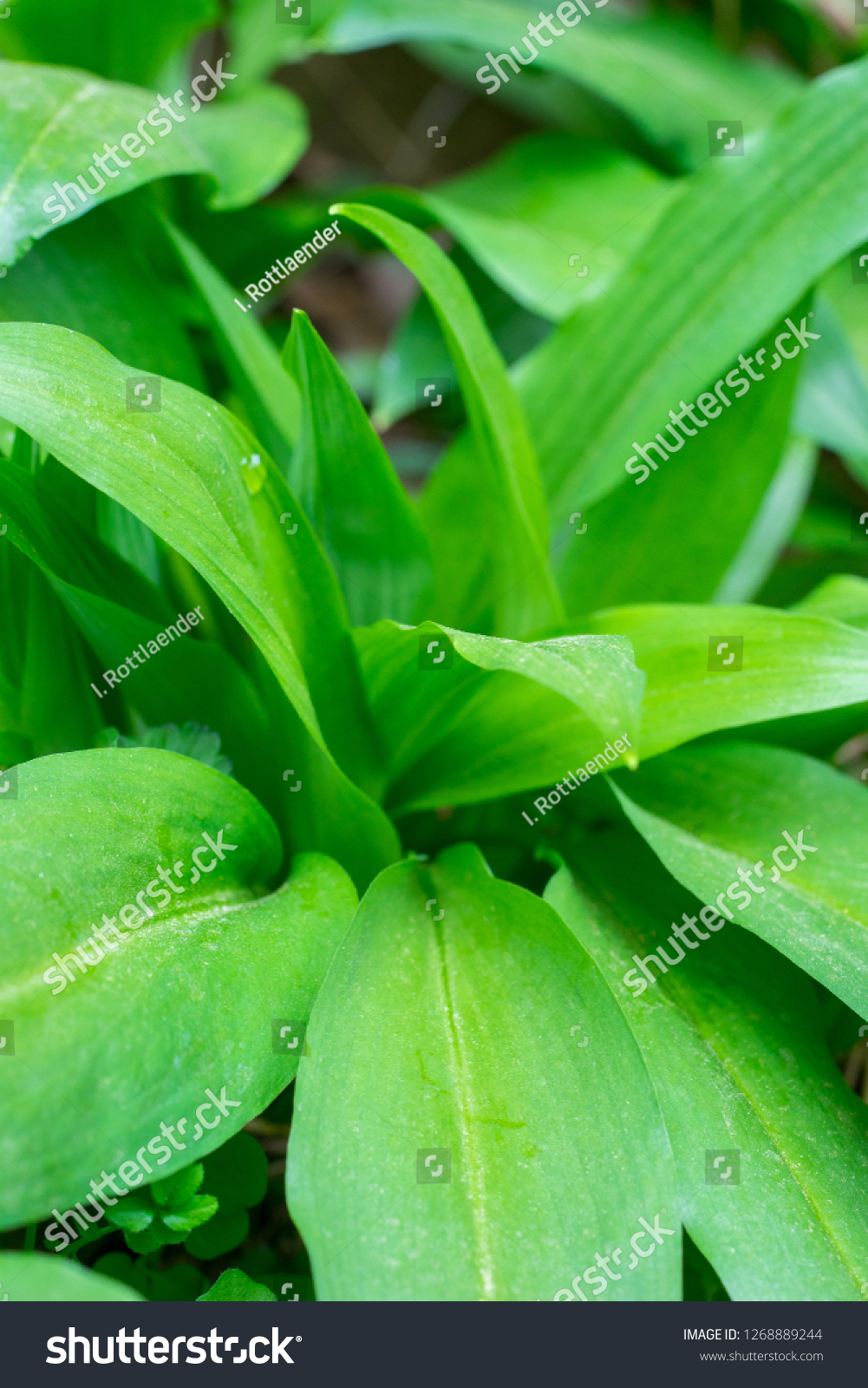


Closeup Ramsons Wild Garlic Leaves Allium Stock Photo Edit Now
Wild garlic is the primary larval host plant for a specialised hoverfly, ramsons hoverfly (Portevinia maculata), which tunnel through and overwinter in the bulbs Sustainable Harvesting – Although wild garlic can seem endlessly abundant where it is well established, don't forget that other species have evolved to rely on that abundance Although cut wild garlic will grow back, repeated cutting yearonyear will weaken and eventually reduce once dense coloniesWild garlic is made up of a bulb, stem, leaves, and white, starshaped flowers The botanical name is Allium ursinum It goes by any number of names, including ramsons, buckrams, bear's garlic, devil's garlic, gypsy's onions, and stinking JennyRamsons, or wild garlic, is a popular plant used as such in the United Kingdom, Russia, and many other areas Its medicinal properties range from lowering cholesterol to preventing blood clots Ramsons are also often used in cooking Ramsons are commonly used in Russia Health properties of ramsons are similar to those of cultivated garlic


Q Tbn And9gctrnezgbp Nso65tvr2h6lzqh Ktndmqmrk9qstcwm Usqp Cau



Wild Garlic How To Find Identify And Enjoy It Vegan On Board
Ramsons, or the Wild Garlic ( Allium ursinum ), is broad leaved and grows abundantly on our moist meadow banks, with a strong smell of onions when crushed or bruised It is perennial, having eggshaped or lancelike leaves, whilst bearing large, pearlywhite blossoms with acute petalsWild garlic also known as Ramsons, Wood garlic, Bear's garlic, and Buckrams is a plant native to Britain The leaves and flowers are edible Young leaves cProduct information Wild garlic grows abundantly throughout the UK, preferring semishade under trees It will succeed in most soils and prefers moist conditions, though it will also succeed where the soil is very wet in the winter When given suitable conditions, it will form a dense carpet of growth The plant comes into growth in the middle to late winter, flowers in the spring and then dies down completely by the middle of summer



Ramsons Buckrams Wild Garlic Broad Leaved Garlic Wood Garlic Drawing By Bildagentur Online



Wild Garlic Ramsons Allium Ursinum Framed Prints
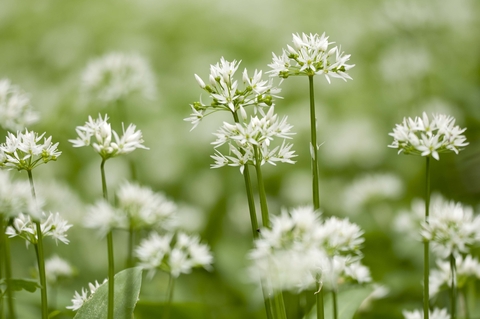


Wild Garlic The Wildlife Trusts


Ramsons Wild Garlic Allium Ursinum



Wild Garlic Allium Ursinum Uses Identification And Recipes



Wild Garlic Dried Herb Blend Olivelle The Art Of Flavor Olivelle The Art Of Flavor
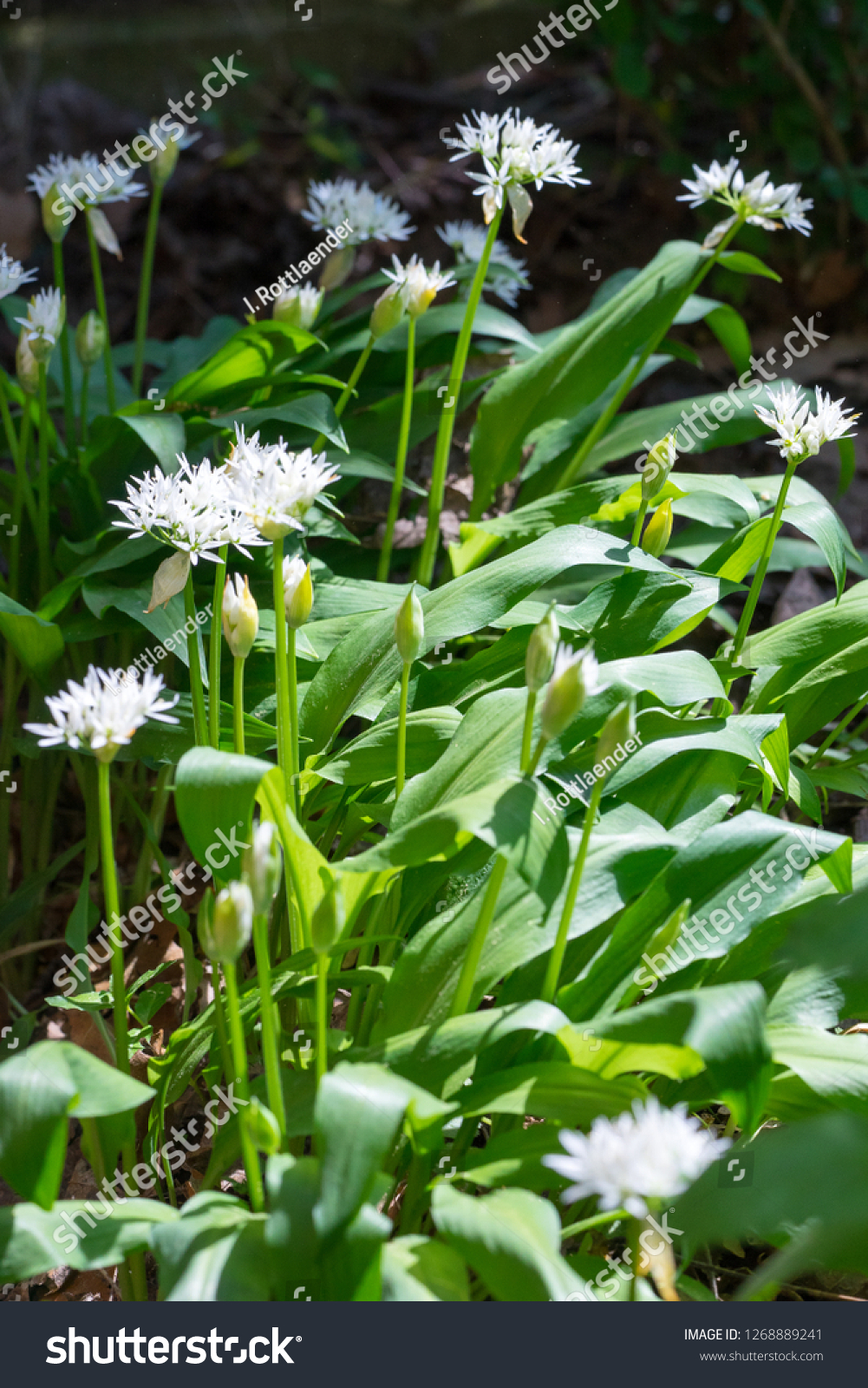


Closeup Flowering Ramsons Wild Garlic Plants Stock Photo Edit Now



Wild Garlic Welcome


Leaves Flowers And Bulbs Of Wild Garlic All Edible Independent Ie
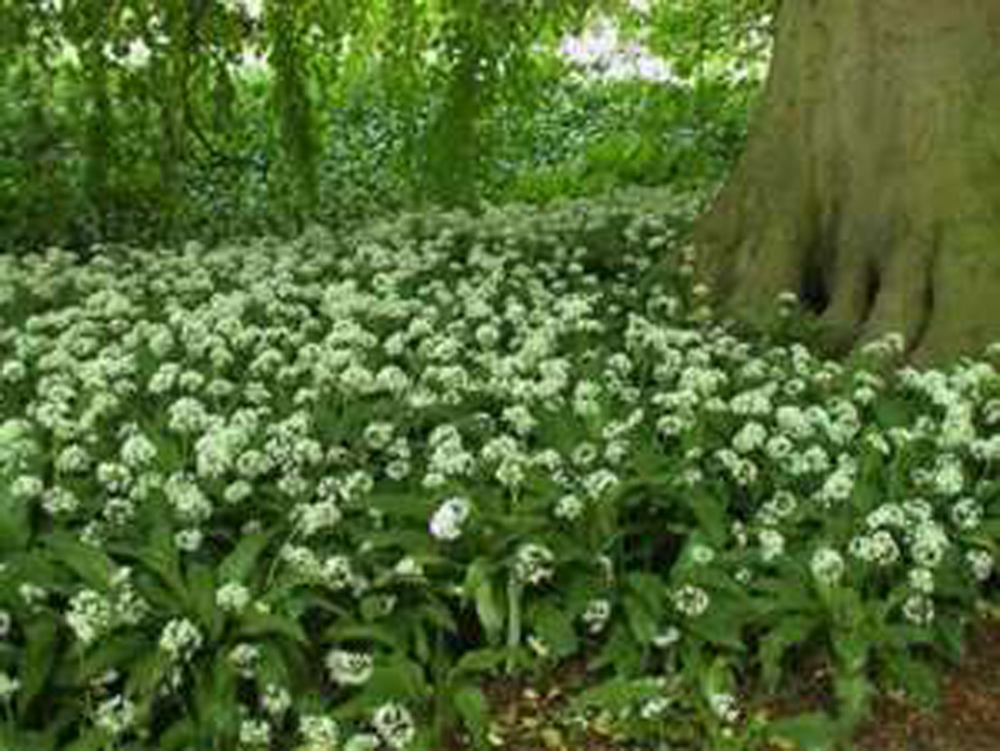


Wild Garlic In The Green Allium Ursinum Ramsons Wild Garlic In The Green
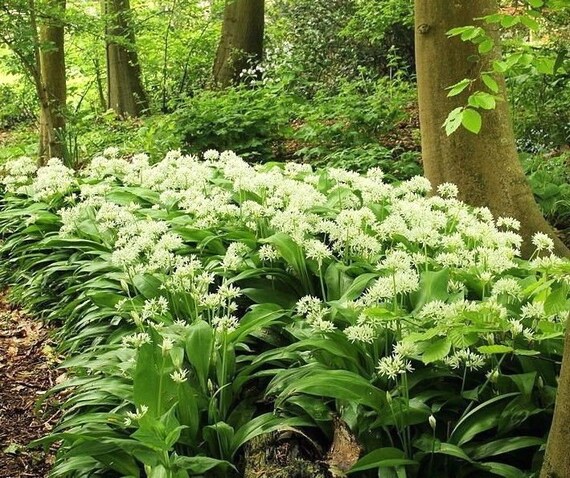


Ramsons Wild Garlic Allium Ursinum Hardy Perennial Woodland Etsy



Woodland Bulbs 15 X Wild Garlic Bulbs Allium Ursinum English Native Wild Garlic Ready To Plant Freshly Lifted Large Bulbs Spring Flowering Plant With Snowdrops Free Uk P P 15 Amazon Co Uk Garden


Q Tbn And9gcq3v2nq1n97tq40bbceacdbxwjba N6oeavkohsrvqeenrwhsfx Usqp Cau
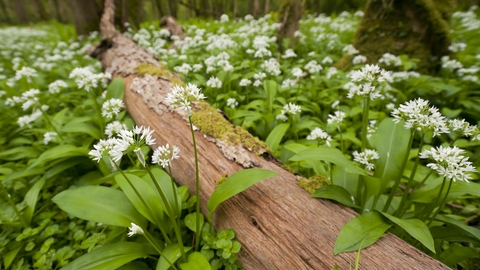


Wild Garlic The Wildlife Trusts
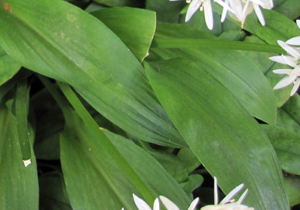


Ramsons Wild Garlic Woodlands Co Uk



Wild Garlic Spring Herbs Saxony Germany Allium Ursinum Ramsons Flower Mjf Jana Manz Westend61
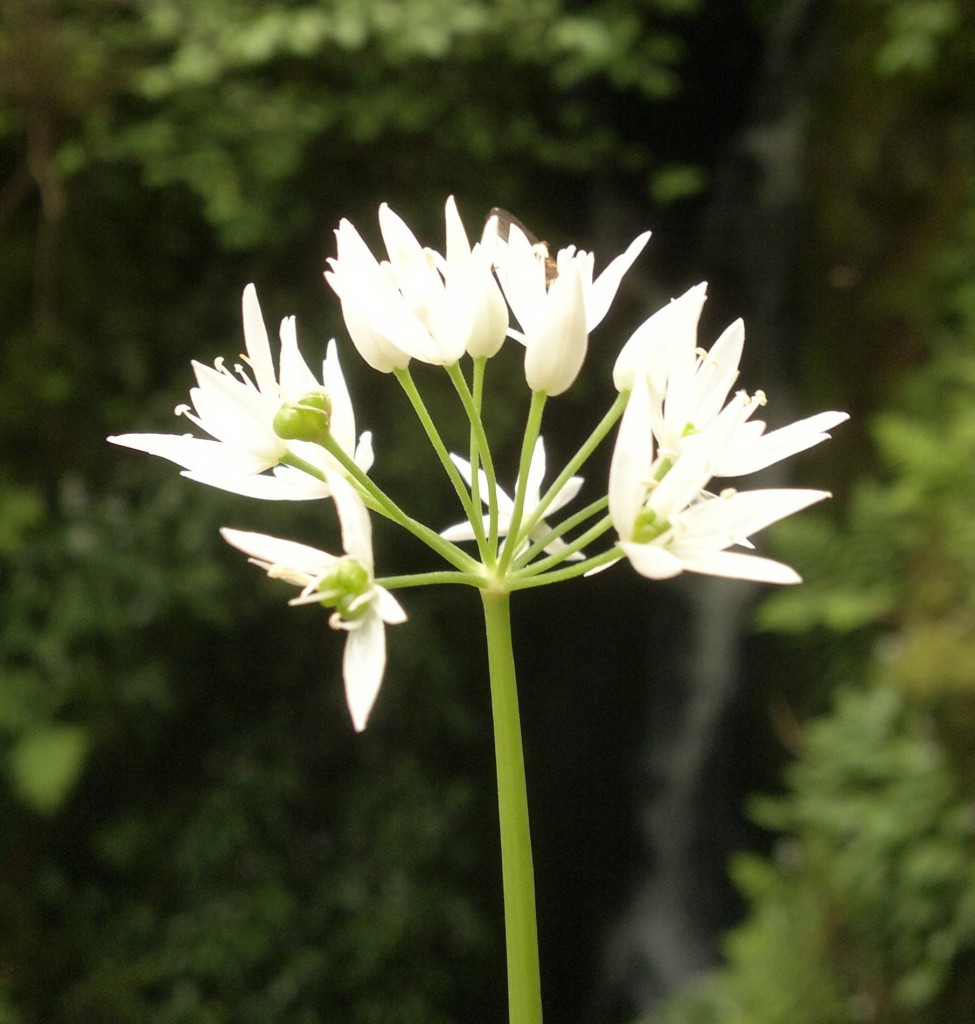


Wild Garlic Ramsons Edibility Identification Distribution Ecology Recipes Galloway Wild Foods



Allium Ursinum Wikipedia
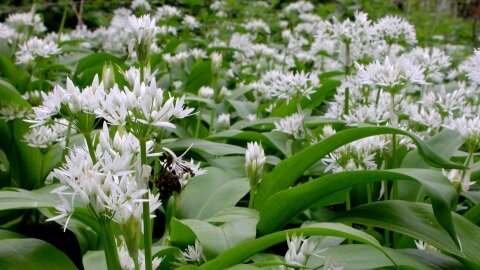


Wild Garlic Forest Farm Peace Garden


Q Tbn And9gctzw5h0fmzrbsbpgspoaosb Vjit6tzhgk6j7iehvu Usqp Cau



Wild Garlic Allium Ursinum A Woodland Wildflower



Bunch Of Ramson Wild Garlic Flower Heads And Leaves On Wooden Table Canstock



Wild Food Foraging Finding And Using Wild Garlic Lovely Greens
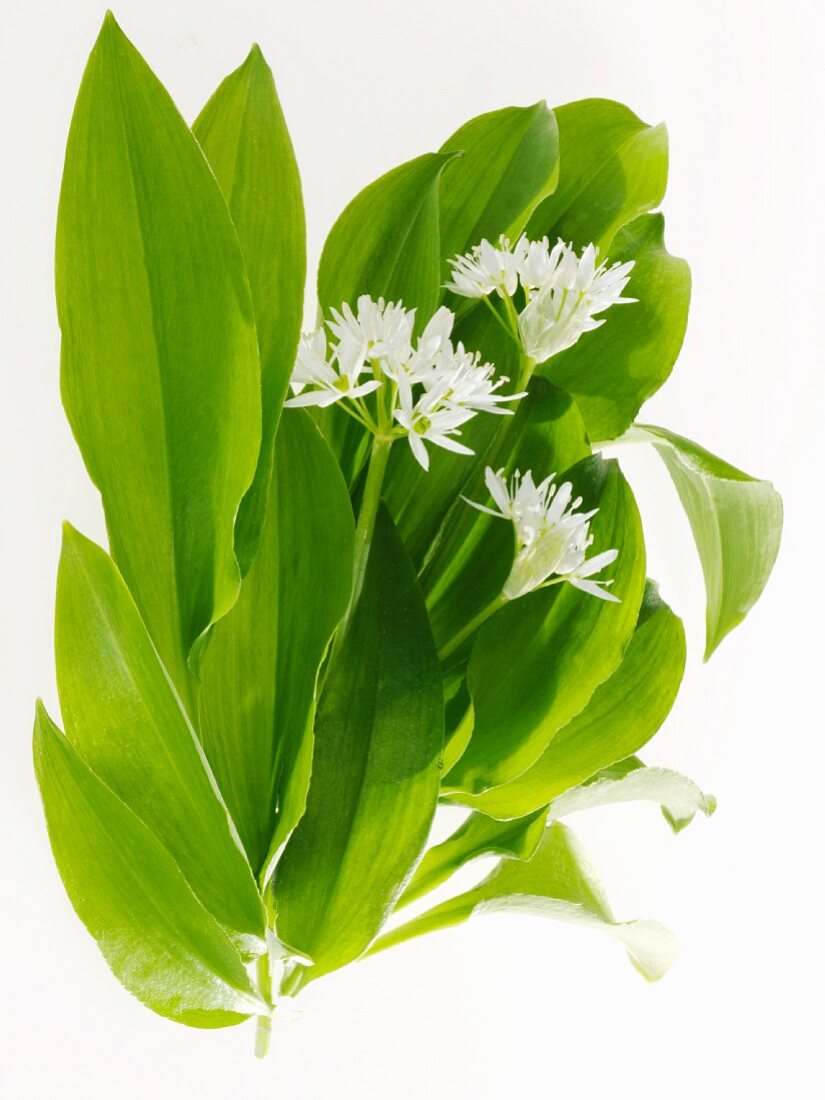


Ramsons Wild Garlic With Flowers License Images Stockfood



Mass Of Wild Garlic Ramsons Flowering In Ancient Coppice



How To Cook Wild Garlic Great British Chefs
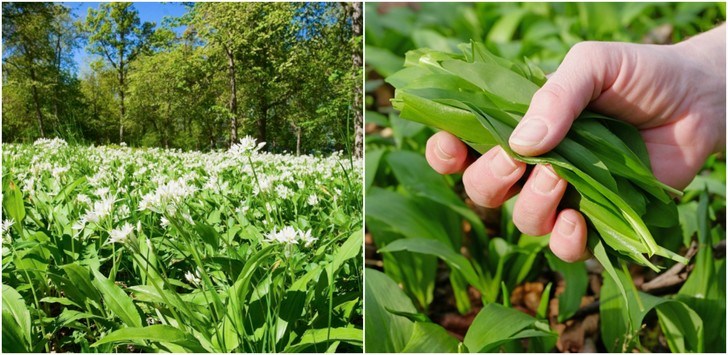


Wild Garlic 5 Reasons To Forage For This Superfood Best Recipes



Ramsons Or Wild Garlic Allium Ursinum Framed Prints


Wild Garlic The Wildlife Trusts
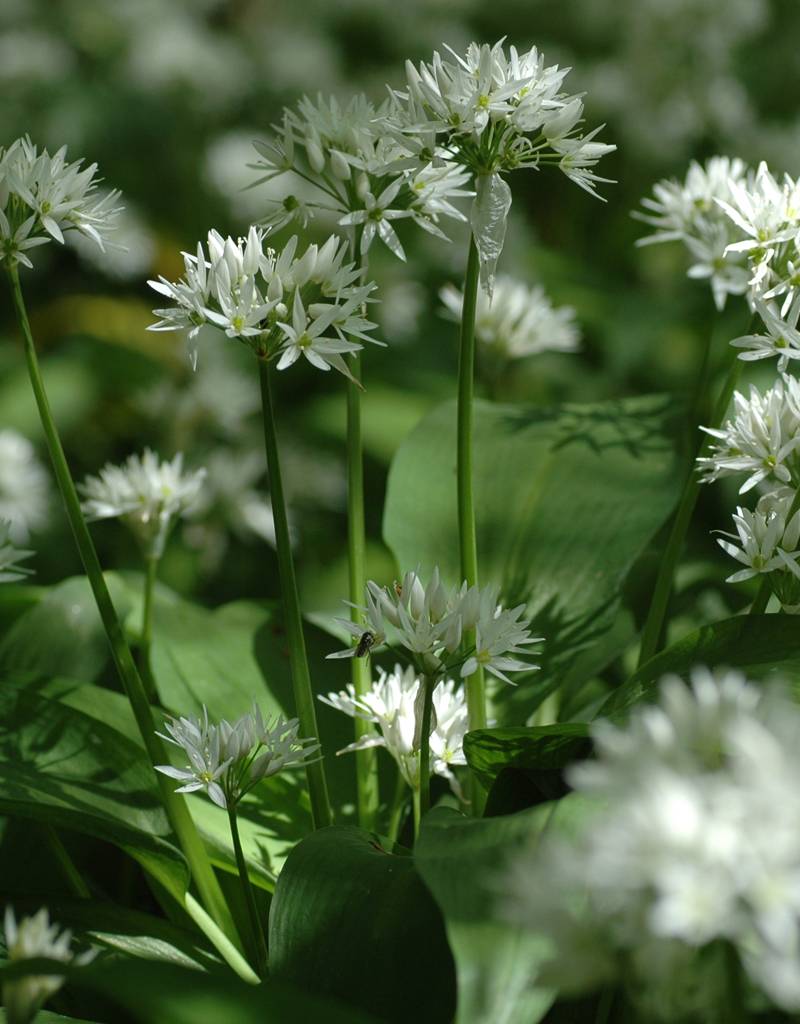


Buy Allium Ursinum Wild Garlic Ramsons De Warande Strongbulbs Com



Veg Box Wild Garlic Tom S Feast
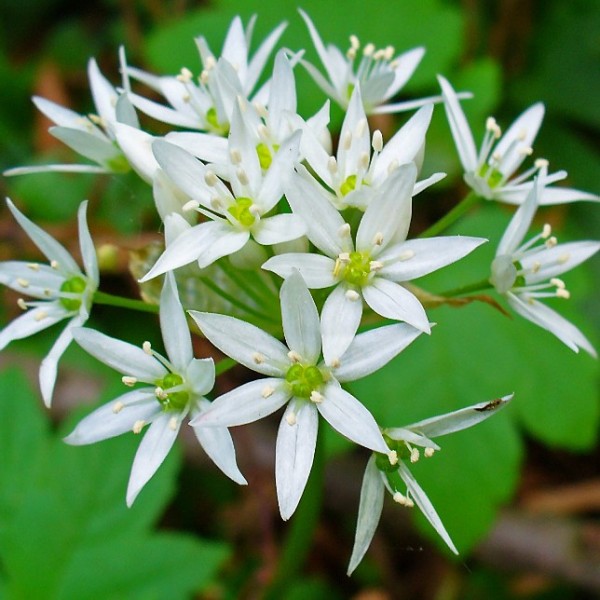


Buy Ramsons Seeds Online Rarexoticseeds


Wild Garlic Ramsons British Local Food Guide To Foraging Wild Edible Plants


British Wild Flower Allium Ursinum Ramsons Wild Garlic 100 Seed Edible Ebay



White Flowers Ramsons Wild Garlic Deep Forest Caucasus Russia Stock Photo Image By C Serjio74b
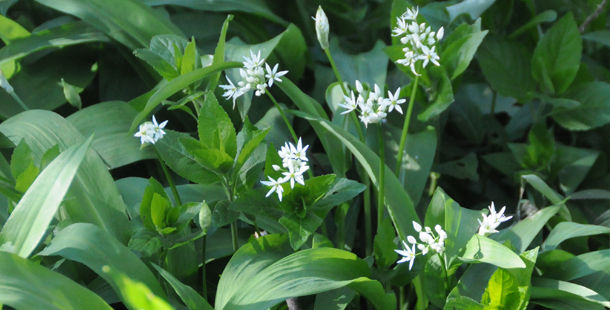


Food For Foragers The Wild Garlic Story Features Jamie Oliver



Wild Garlic Bulbs In The Green Ramsons Allium Ursinum Boston Seeds
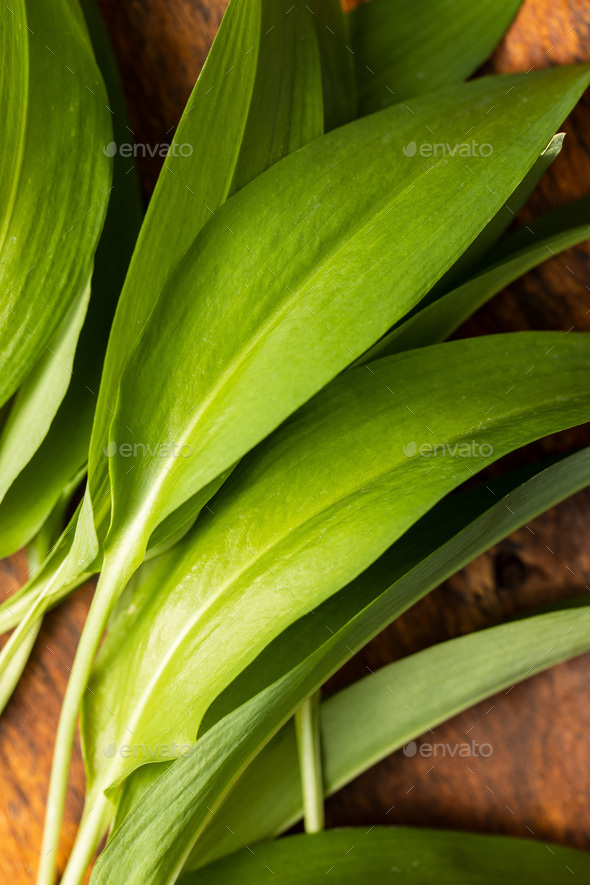


Green Wild Garlic Leaves Ramsons Leaves Stock Photo By Jirkaejc Photodune



Wild Garlic Ramsons Allium Ursinum Wildgarlicseason Com



Ramsons O Wild Garlic Barlauch Ajo De Oso Allium Ursinum Known As Ramsons Buckrams Broad Herbs Illustration Botanical Drawings Botanical Prints Free



Allium Species Bear S Garlic Ramsons Wild Garlic Allium Ursinum



Wild Garlic Or Ramsons Identification Guide



Bear S Onion Seeds Ramsons Wild Garlic Wood Garlic Ukraine 0 2g Garden Idea Ebay



Allium Ursinum Seeds Wild Garlic Ramsons Buckrams Broad Leaved Garlic Ebay



Wild Garlic Ramsons Bear Garlic Allium Ursinum
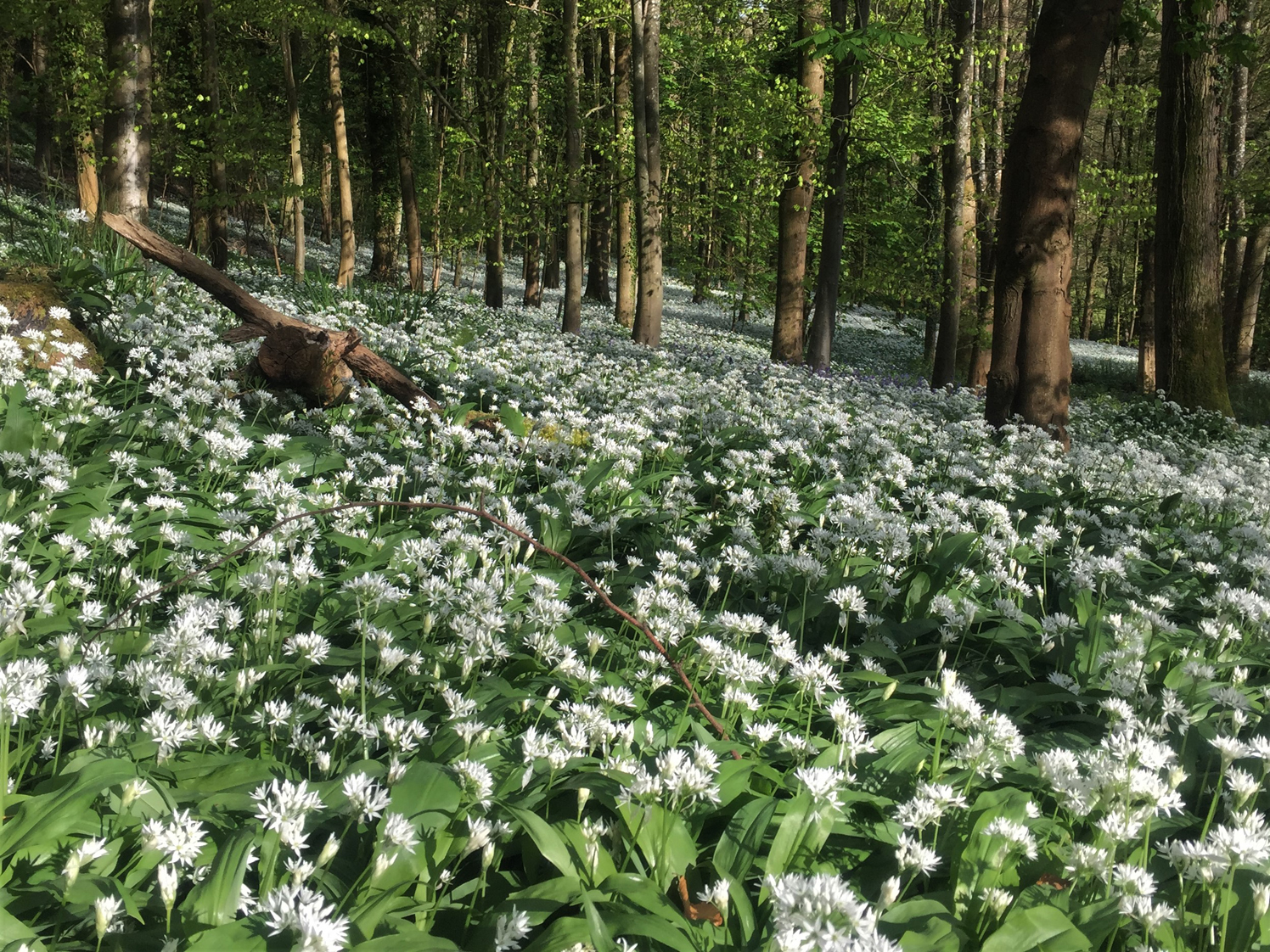


Ramsons Wild Garlic Broad Leaved Garlic Wood Garlic Allium Ursinum
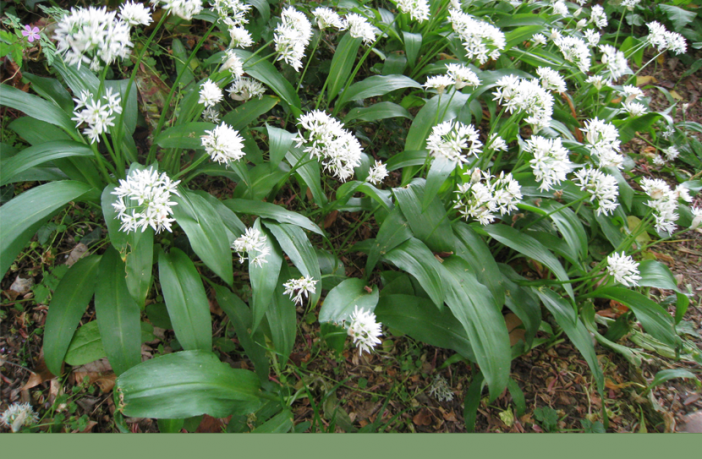


Wild Garlic Facts And Health Benefits



Ramsons Wild Garlic Stackpole Woods Pembrokeshire
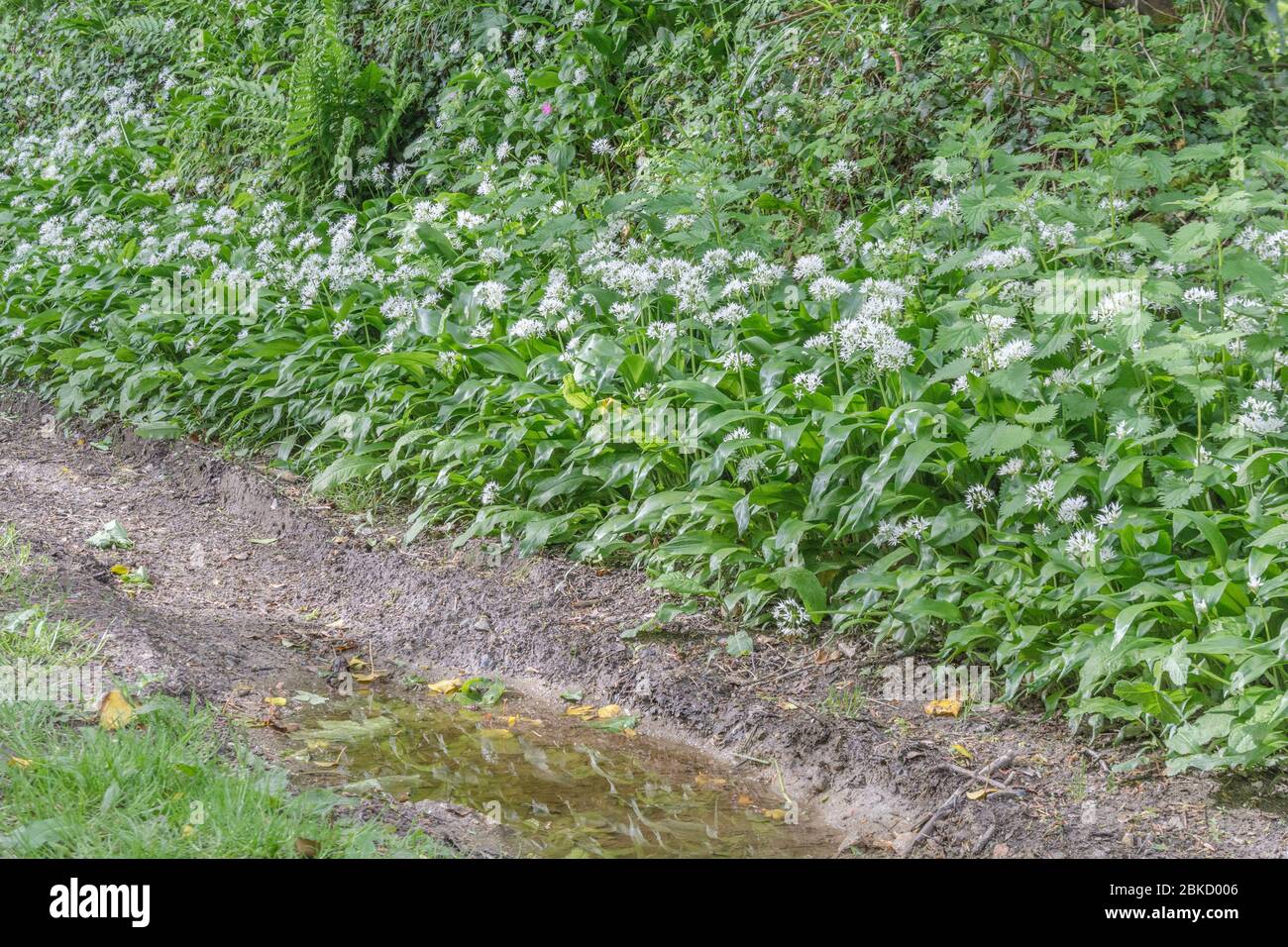


Leaves White Flowers Of Ramsons Wild Garlic Allium Ursinum Growing In A Quiet Country Lane A Foraged Edible Former Medicinal Wild Plant Stock Photo Alamy
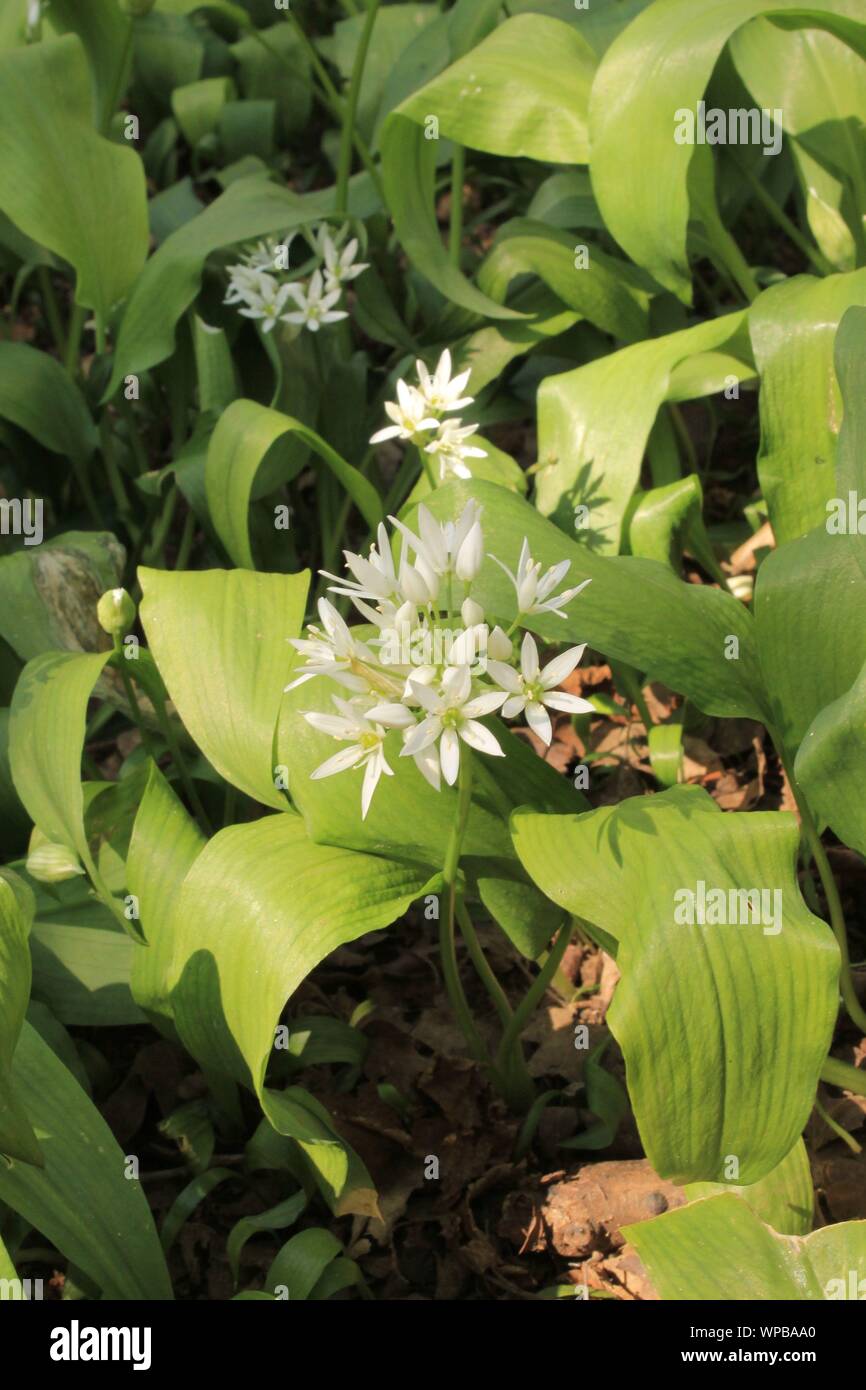


Wild Garlic Plant In Flower Stock Photo Alamy



Amazon Com Ramsons Allium Ursinum 100 Seeds Buckrams Wild Garlic Broad Leaved Garlic Garden Outdoor


Foraging Eating And Preserving Ramsons Wild Garlic



Wild Garlic Or Ramson Or Allium Ursinum I Just Love Thes Flickr



3d Model Ramsons Wild Garlic Allium Ursinum Cgtrader



Wild Flower Ramsons Wild Garlic Organic Seeds Allium Ursinum Organicseeds Eu



Wild Garlic Ramsons Image Photo Free Trial Bigstock



Wild Garlic Ramsons Edibility Identification Distribution Ecology Recipes Galloway Wild Foods


Wild Garlic Sauce With Eggs


Wild Garlic Recognition And Eradication



Wild Garlic Or Ramsons Identification Guide



Allium Ursinum Wikipedia
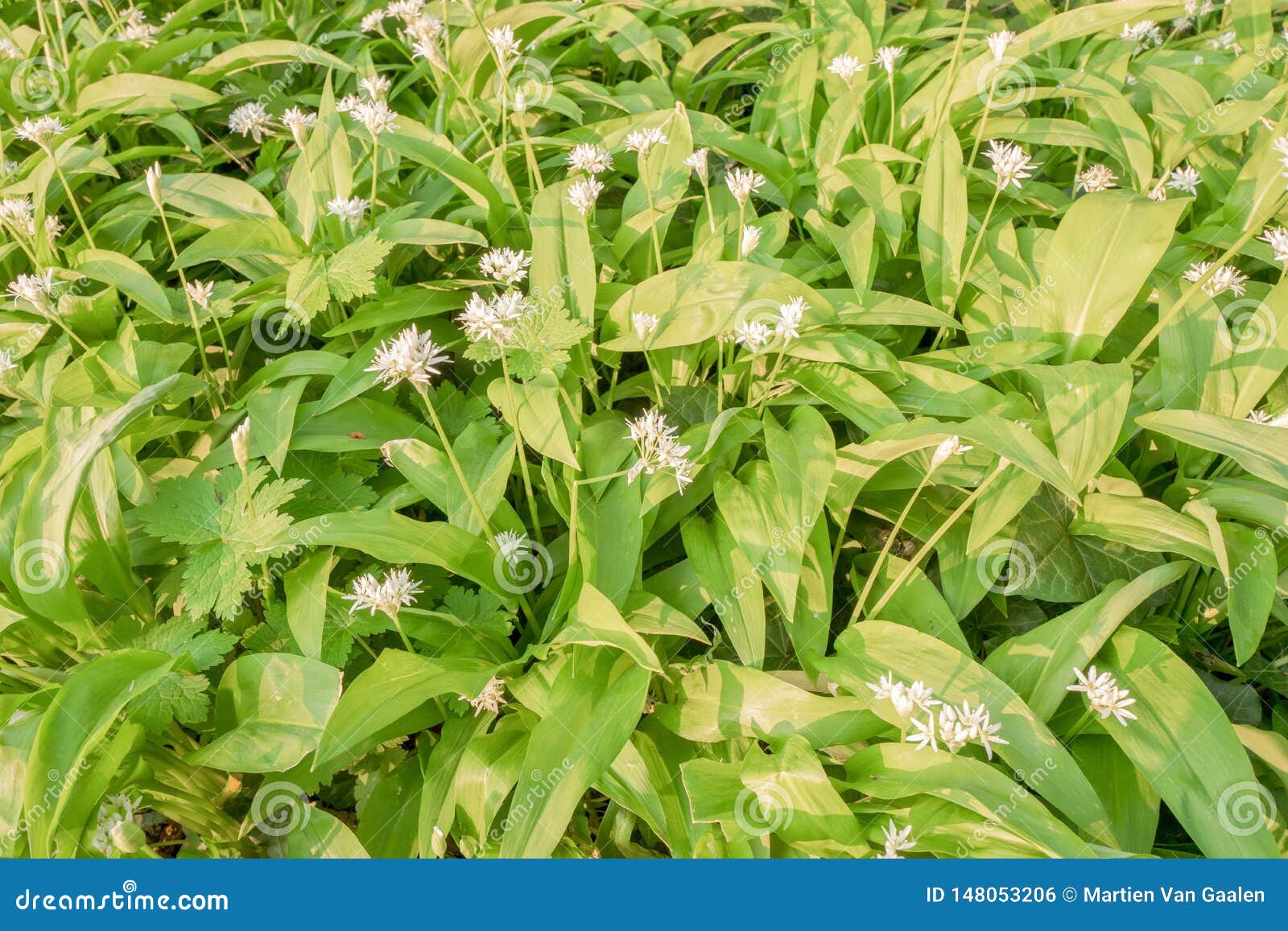


Flowering Ramsons Or Wild Garlic Plants Stock Photo Image Of Closeup Environment
/Wild-Garlic-Landing-Page-58a710e53df78c345b6cdb0e.jpg)


What Is Wild Garlic And How Is It Used



Closeup Of Flowering Ramsons Wild Garlic Plants Allium Ursinum Stock Photo Picture And Royalty Free Image Image



Footpath Through Wild Garlic Ramsons Allium Ursinum


Ramsons Wild Garlic Allium Ursinum
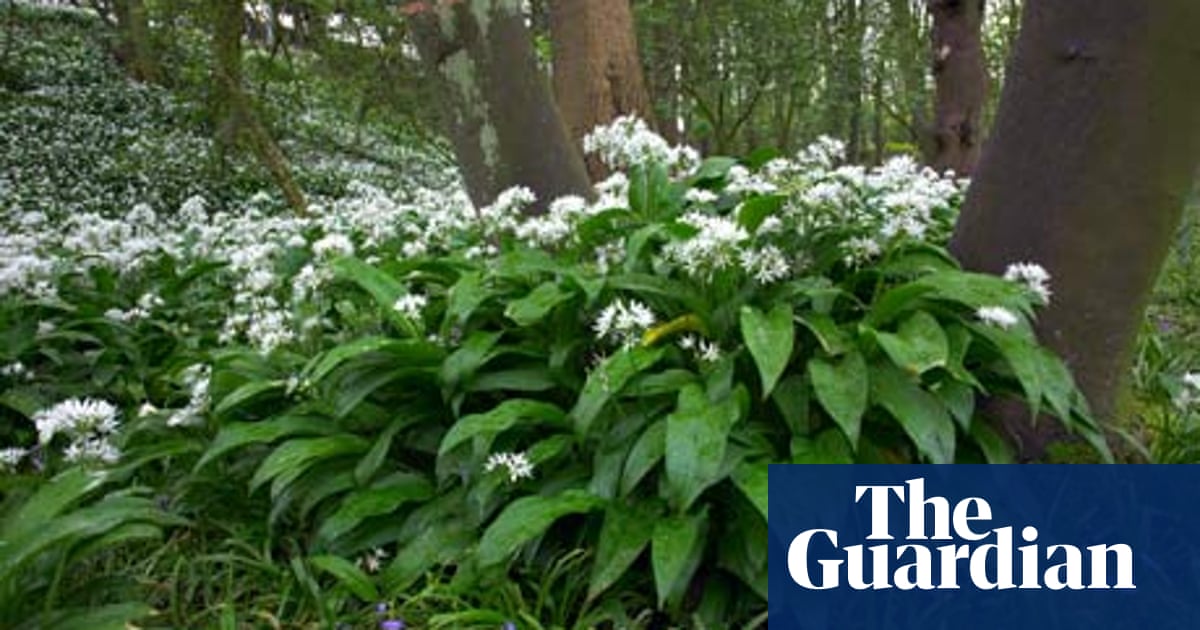


Season S Eatings Wild Garlic Food The Guardian


Foraging Eating And Preserving Ramsons Wild Garlic



Ramsons Or Wild Garlic In Flower License Download Or Print For 12 40 Photos Picfair
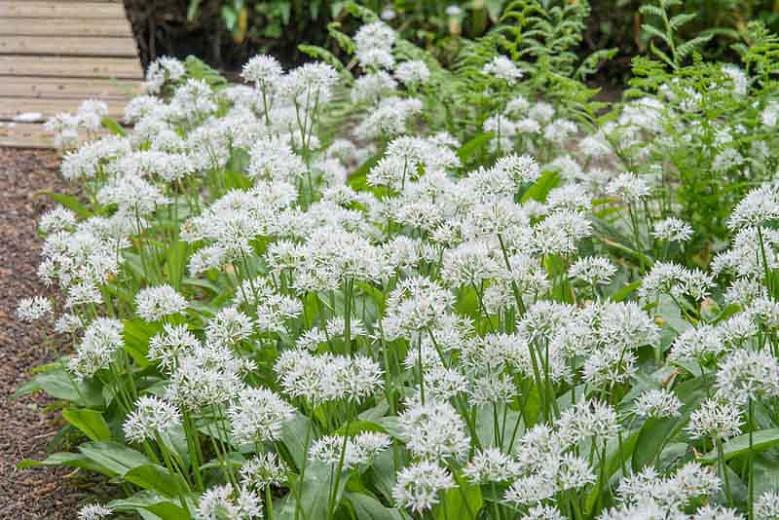


Allium Ursinum Wild Garlic
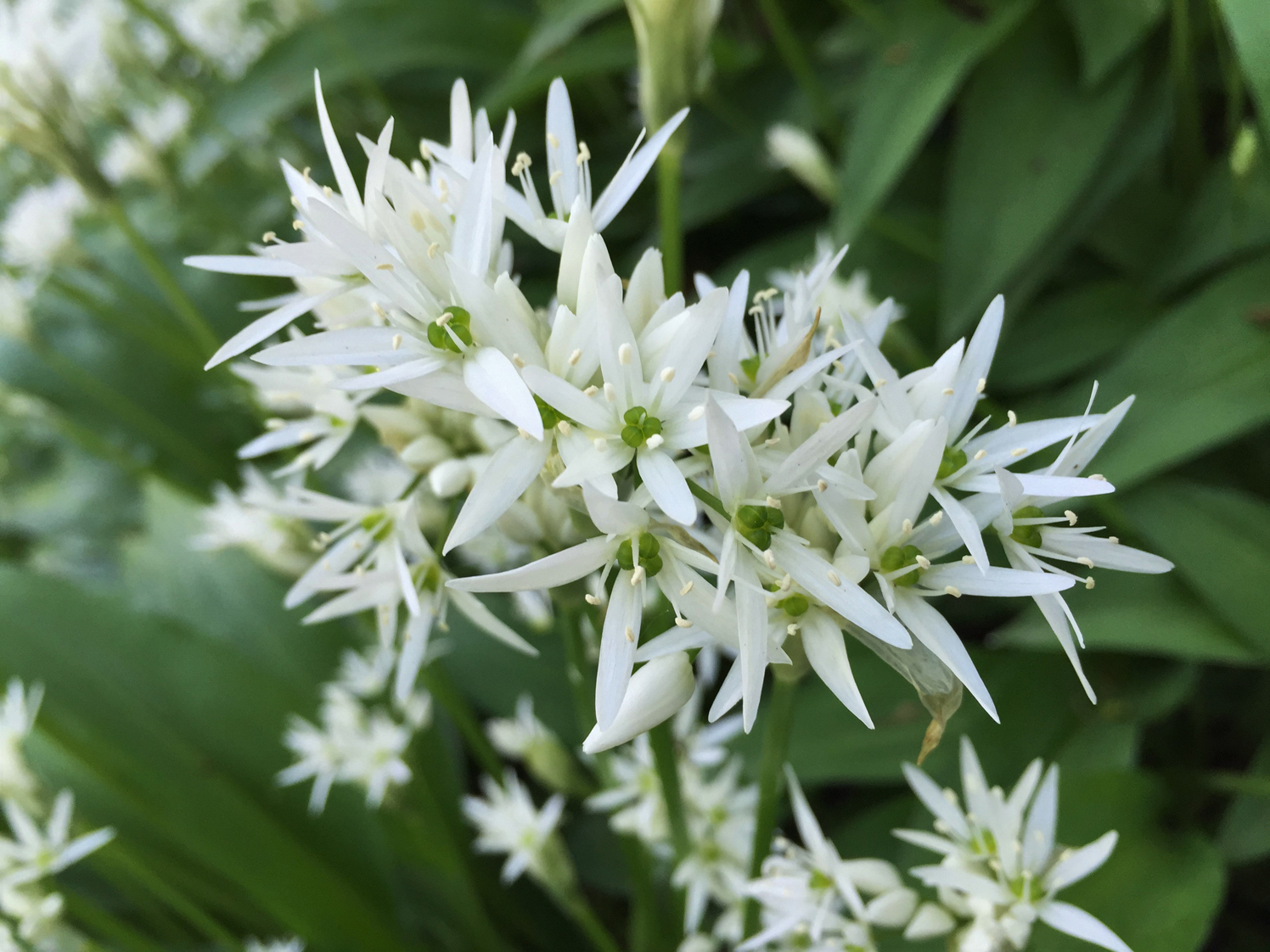


Ramsons Wild Garlic Broad Leaved Garlic Wood Garlic Allium Ursinum



Wild Garlic Guide Where To Find Wild Garlic Facts How To Cook It And Recipe Ideas Countryfile Com



Wild Garlic Gemma Sampson Sports Nutrition



Wild Garlic Ramsons In The Green Allium Ursinum Available Now Uk Delivery Naturescape



Wild Garlic Forest Farm Peace Garden


Q Tbn And9gctwhf0umqiznqnkrcrzjzporbigremcenkjjq0tlmserp4cgb6g Usqp Cau


コメント
コメントを投稿